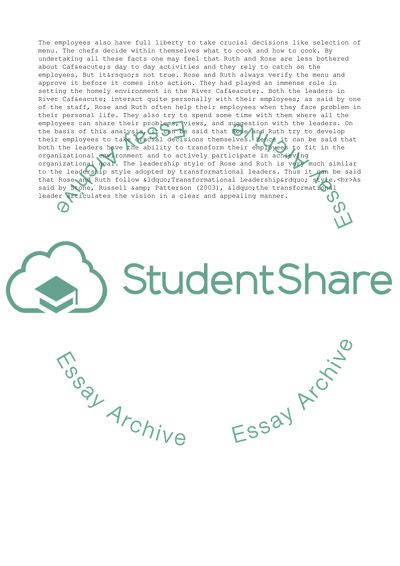Cite this document
(Leadership Style Adopted by Rose Gray and Ruth Rodgers Book Report/Review, n.d.)
Leadership Style Adopted by Rose Gray and Ruth Rodgers Book Report/Review. Retrieved from https://studentshare.org/management/1727592-leadership-team-building-and-communication
Leadership Style Adopted by Rose Gray and Ruth Rodgers Book Report/Review. Retrieved from https://studentshare.org/management/1727592-leadership-team-building-and-communication
(Leadership Style Adopted by Rose Gray and Ruth Rodgers Book Report/Review)
Leadership Style Adopted by Rose Gray and Ruth Rodgers Book Report/Review. https://studentshare.org/management/1727592-leadership-team-building-and-communication.
Leadership Style Adopted by Rose Gray and Ruth Rodgers Book Report/Review. https://studentshare.org/management/1727592-leadership-team-building-and-communication.
“Leadership Style Adopted by Rose Gray and Ruth Rodgers Book Report/Review”, n.d. https://studentshare.org/management/1727592-leadership-team-building-and-communication.


